Vegetables that start with E encompass both commonly found varieties and those that are rare or exotic, offering a spectrum of accessibility and culinary exploration.
These vegetables belong to different types, including leafy greens, root vegetables, and legumes, among others. Their tastes range from earthy and robust to delicate and sweet, catering to a wide array of culinary preferences and recipes.
Predominantly, these E-fronted foodstuffs are cultivated and popular in specific regions or countries, although globalization has broadened their availability.
Some vegetables are staples in certain continents like Asia and Europe, reflecting the agricultural practices of these areas.
In addition to learning about the most well-known vegetables that start with E, this guide will also introduce you to some popular fruits beginning with the same letter.
Let’s dive in!
13 Vegetables that Start with E with Filters
Presented below is a list of 13 vegetables that start with the letter E, organized by their popularity. You can use the filter to easily find exotic vegetables, ones that can also be considered fruits, and those that are great in dishes, or as decorations.
Eggplant
- For Dishes
- Fruit Vegetables
Eggplant is a versatile vegetable known for its unique glossy, deep purple skin, although it can come in a variety of colors and shapes. This spongy, absorbent fruit is a staple in many cuisines around the world, particularly in Mediterranean, Middle Eastern, and Asian dishes.
Famous varieties include the large, bulbous ‘Globe’ eggplant, the slender and mild ‘Japanese’ eggplant, and the small, tender ‘Italian’ or ‘Baby’ eggplants.
In cooking, eggplant can be grilled, roasted, baked, or sautéed, and it’s famous for its ability to soak up flavors and oils from spices and sauces, enhancing its mild, slightly sweet taste.
The texture of cooked eggplant is soft and creamy, making it ideal for dishes like ratatouille, baba ganoush, and eggplant Parmesan. Its meaty texture also makes it a popular choice as a substantial ingredient for vegetarian and vegan dishes.
Edamame
- For Dishes
Edamame are young soybeans, usually still encased in their green pods, known for their sweet, nutty flavor and crisp texture.
Originating from East Asian cuisine, particularly Japanese, edamame is commonly served as an appetizer or snack, often boiled or steamed and lightly salted.
In cooking, edamame can be added to salads, rice dishes, or soups, and is also enjoyed on its own, with the beans popped directly from the pod into the mouth. The contrast between the salty pod and the sweet beans inside offers a delightful eating experience.
Endive
- For Dishes
- For Garnish
Endive is a leafy vegetable that belongs to the genus Cichorium, which also includes chicory and radicchio. This vegetable is known for its slightly bitter taste and crisp texture, making it a popular choice for salads and garnishes.
Endive comes in a few varieties, including curly endive with frilly leaves and Belgian endive with a small, cylindrical shape. The leaves can range from pale green to deep red-purple, depending on the variety.
It’s commonly used in European cuisines, especially in salads, but can also be grilled, baked, or used as a wrap for appetizers.
Escarole
- For Dishes
- For Garnish
Escarole, often confused with endive, is a broad-leafed variety of the endive family with less bitterness and a slightly sweeter taste. Its leaves are wider, less curly, and more robust, making it suitable for cooking as well as raw dishes.
Escarole is a staple in Italian cooking, where it’s used in soups, like the classic Italian wedding soup, sautéed dishes, and raw in salads. The texture of escarole holds up well to cooking, becoming tender without losing its body.
Escarole’s versatility and nutritional profile make it a favored ingredient in Mediterranean dishes.
Enoki Mushroom
- Exotic
- For Dishes
Enoki Mushrooms are slender, long-stemmed mushrooms with small caps, often found in clusters. They are a staple in East Asian cuisine, particularly in Japanese and Chinese dishes.
Enoki mushrooms have a delicate, slightly fruity taste and a crunchy texture, which makes them a popular addition to soups, stir-fries, and salads. When cooked, they maintain their crispness, adding a textural contrast to dishes.
Cultivated enoki mushrooms are typically white due to being grown in the dark, which prevents the development of chlorophyll. Wild varieties, however, can have a darker color.
Elephant Garlic
- For Dishes
Elephant garlic, despite its name, is more closely related to the leek than to traditional garlic. It produces large bulbs that can weigh over a pound, with a milder flavor compared to true garlic.
The cloves of elephant garlic are also significantly larger, making them easier to peel and use in cooking. This vegetable is versatile and can be used both raw and cooked; it adds a subtle garlic flavor to dishes without overpowering them.
Elephant garlic is popular in roasting and baking due to its size and mild taste, and it can also be used in salads and other dishes where a less intense garlic flavor is desired.
Eddo
- For Dishes
Eddo, also known as taro or Colocasia antiquorum, is a root vegetable that’s widely cultivated in tropical and subtropical regions around the world. It’s known for its starchy corms, which are underground stems that store nutrients.
Eddo has a slightly nutty flavor and a texture that can become very smooth when cooked, similar to a potato but somewhat denser. It’s often used in a variety of dishes, from soups and stews to fried or mashed forms.
The leaves of the eddo plant are also edible when cooked and are often used in dishes similar to spinach. Eddo is a staple in many cuisines, including those of the Caribbean, Africa, and Asia.
Elephant Foot Yam
- For Dishes
Elephant foot yam is a large, tuberous plant native to Southeast Asia and is also found in parts of Africa. It gets its name from the size and shape of its tubers, which resemble an elephant’s foot.
This vegetable is known for its earthy flavor and meaty texture, making it a popular ingredient in a variety of culinary traditions. It’s commonly used in curries, boiled and mashed dishes, and even pickled preparations.
This yam is celebrated in several regional cuisines across India, Indonesia, and other parts of Southeast Asia for its versatility and distinctive taste.
Earthnut Pea
- For Dishes
Earthnut pea is a perennial plant that is part of the legume family. This plant is notable for its edible tubers, which are enjoyed for their nutty flavor and starchy texture, similar to potatoes. Earthnut pea is native to Europe and Western Asia and thrives in moist, temperate climates.
The plant features pinkish-red flowers and can climb with the support of tendrils. In culinary use, the tubers can be cooked in various ways, including boiling and roasting.
While not a staple in modern diets, earthnut pea has historical significance in Europe, where it was once more widely consumed. Its cultivation for edible purposes has declined, but it remains of interest for its potential in sustainable agriculture and as a niche food source.
Enset
- Exotic
- For Dishes
Enset is often referred to as the false banana because of its close resemblance to banana plants. Native to Ethiopia, enset is a critical food source in the region, supporting the diet of approximately 20 million Ethiopians.
Unlike bananas, the fruit of the enset plant is not edible; instead, the starchy stems and roots are used for food. These parts are fermented to produce a food product known as kocho, which can be baked into a flatbread or consumed in porridge-like form.
Enset is valued for its ability to thrive in various environmental conditions and its drought resistance, making it a reliable crop in Ethiopia’s diverse climates.
Elephant Ears
- Exotic
- For Garnish
Elephant ears refers to a group of plants known for their large, broad leaves that resemble the ears of an elephant. One notable example is the Bergenia crassifolia, often found in gardens for its ornamental value.
These plants are appreciated for their lush foliage, which can add a dramatic touch to landscapes and garden designs. The leaves of elephant ears can vary in color from green to purple and have a leathery texture.
In some cultures, parts of the plant are used for culinary purposes, although this is less common. Elephant ears thrive in moist, shaded areas, making them suitable for underplanting beneath taller trees or in areas of the garden that receive less direct sunlight.
Evergreen Onion
- For Dishes
- For Garnish
Evergreen onion is a perennial plant that resembles the common onion but does not form bulbs and has hollow leaves and stems. This plant is widely used in various cuisines around the world, particularly in East and Southeast Asia.
It’s known for its mild onion flavor and is used both as a vegetable and a seasoning. The evergreen onion is versatile in cooking; it can be used fresh in salads, as a garnish, or cooked in soups, stir-fries, and other dishes.
The plant is also appreciated for its ornamental value in gardens, forming lush, evergreen clumps that add greenery throughout the year.
Eskimo Potato
- Exotic
- For Dishes
Eskimo potato refers to plants that grow in the northern regions of Canada and Alaska, known scientifically as Claytonia tuberosa or Hedysarum alpinum.
These plants are valued for their edible roots, which have been traditionally used as a food source by the Inuit people. The roots of these plants are nutritious and have been included in survival guides as an important wild food source.
The term “eskimo potato” is a common name that encompasses these species due to their potato-like tubers, which can be consumed raw or cooked, offering a starchy supplement to the diet in harsh, cold environments.
What Are the Most Common Fruits That Start with E?
Here are five well-known fruits beginning with the letter E:
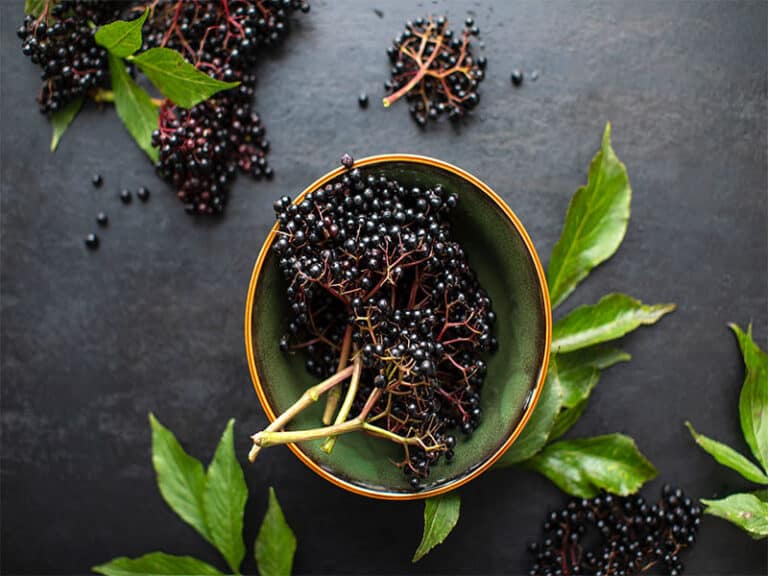
Elderberry
Elderberry is a small, dark berry known for its medicinal properties and use in syrups and jams.
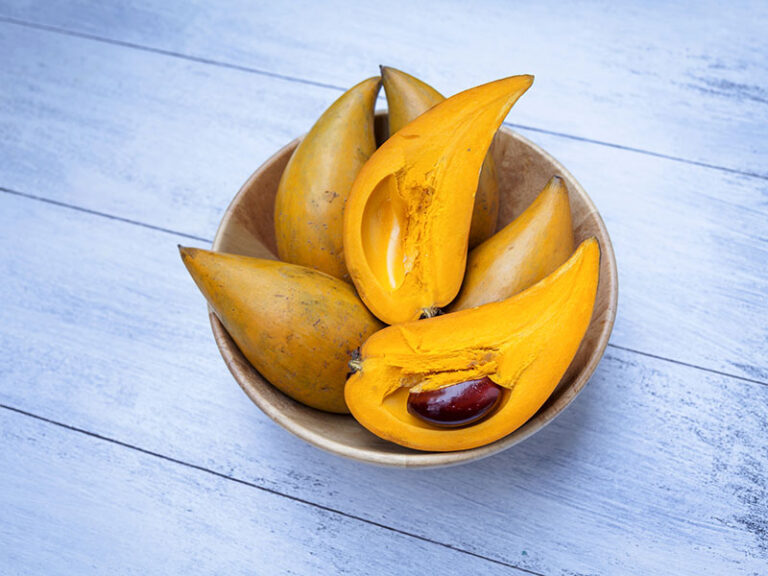
Egg Fruit
Egg fruit has a sweet, egg-yolk-like flesh, often used in desserts and smoothies.
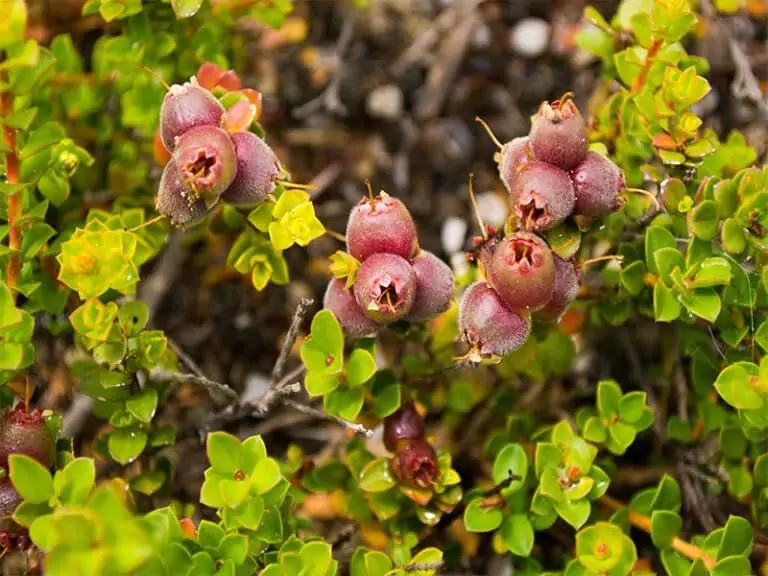
Emu Apple
Emu apple is an Australian native bush food, featuring small round fruits used in preserves and sauces.
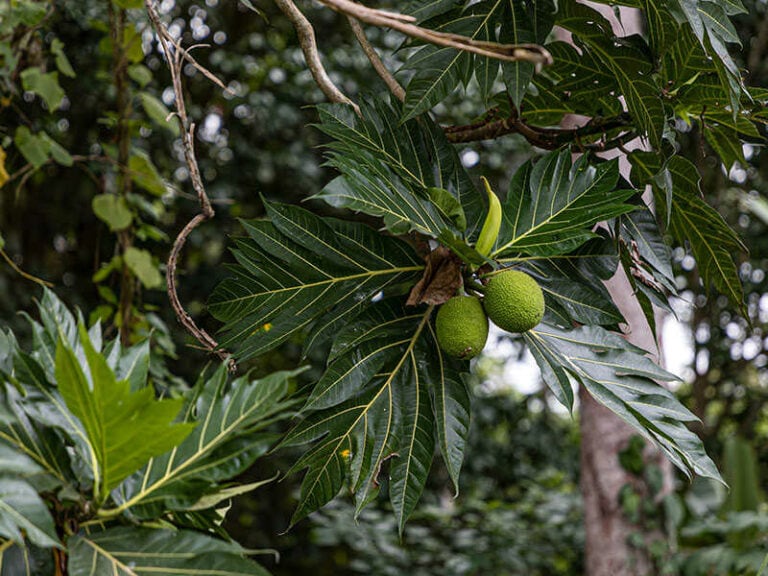
Entawak
Entawak is a tropical fruit with a round shape and sweet, orange flesh that is enjoyed fresh or in desserts.
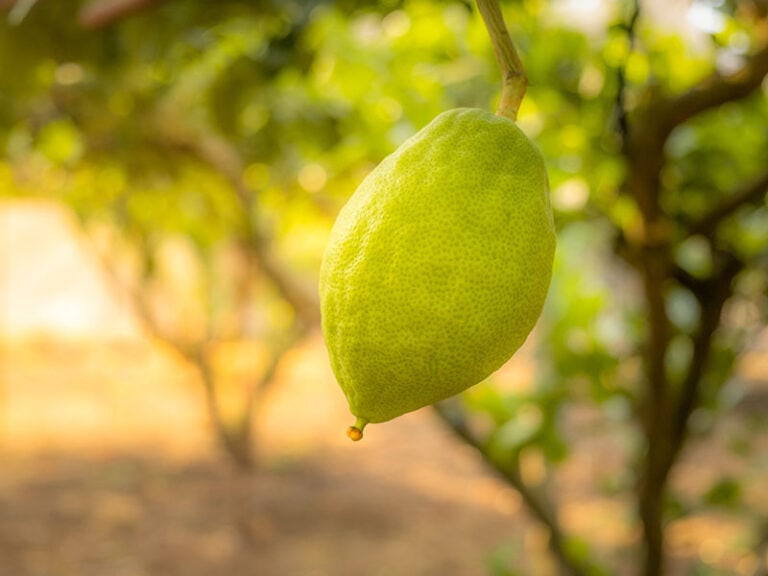
Etrog
Etrog is a citrus fruit, primarily used in Jewish rituals during the Sukkot festival.
This list gives you a taste of what’s out there, but keep in mind, there’s a whole world of E-starting fruits to explore beyond these.
Lastly, don’t forget to share the article with your fellow food enthusiasts, inviting them to explore this vegetable journey with you!
Let’s refer to other articles for a tasty tour of vegetables from A to Z—your next favorite dish could be just one read away!


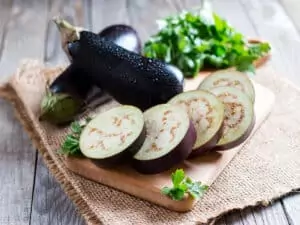
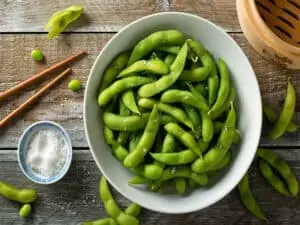
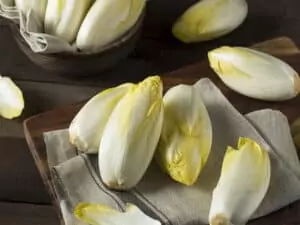
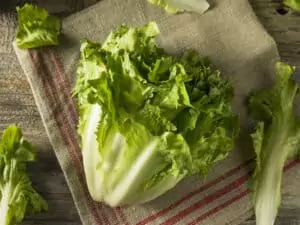
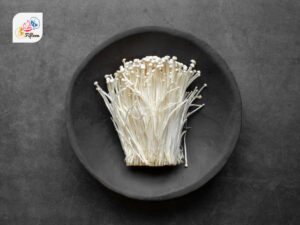
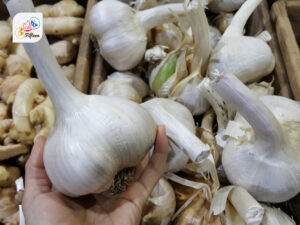
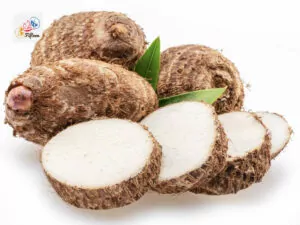
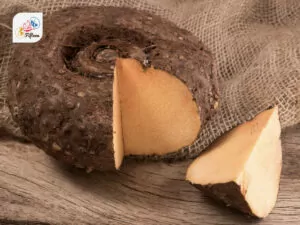
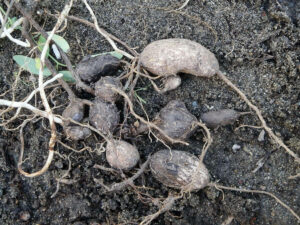
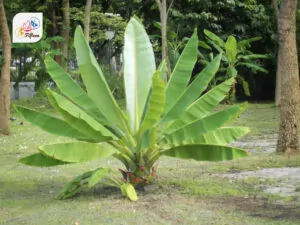
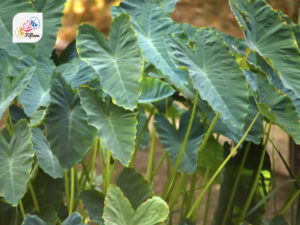
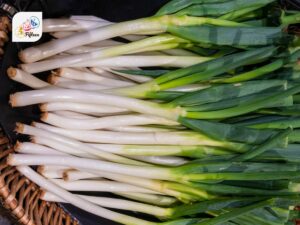
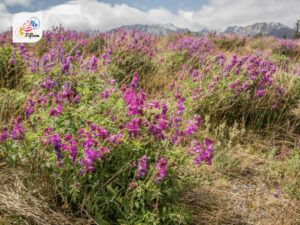
Jamie Scott
Editor in Chief, Senior Content Writer
Expertise
Home Cooking, Meal Planning, Recipe Development, Baking and Pastry, Food Editor, Cooking-video Maker, Western Food Evaluation Expert
Education
Le Cordon Bleu College of Culinary Arts
Local Community College, New York, NY
Jamie Scott is a skilled culinary expert and content creator specializing in Western cuisine. With over 15 years in the culinary field and formal training from Le Cordon Bleu, Paris, Jamie deeply understands how to blend nutrition with delicious flavors. His passion for cooking matches his commitment to making healthy eating accessible and enjoyable.
On Fifteen.net, Jamie brings a fresh perspective to classic dishes and beverages, offering readers insightful recipes, cooking tips, and a fresh view on meal planning that emphasizes taste, health, and simplicity.